Shanshan Zhang, director of Paradise Program and her film world
来源:
海内外资讯
日期:2020-08-11 09:34:22
点击:8859
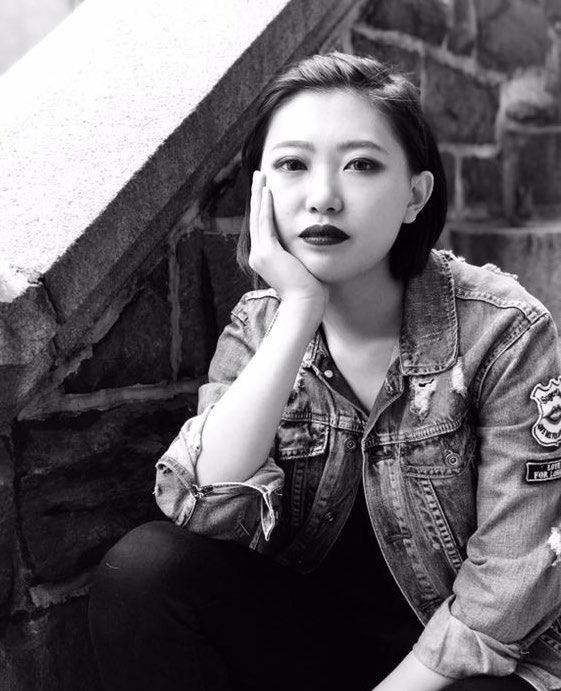
Shanshan Zhang
Shanshan Zhang, an extraordinary award-winning Chinese independent filmmaker who has a Master of Fine Art degree in Filmmaking from Maryland Institute College of Art in 2019, and received a bachelor degree of Arts, majored in Television Playwriting, Directing and Editing at Communication University of China in 2014. As Director, screenwriter, producer, editor and colorist of the sci-fi short film Paradise Program, she gained more and more reputation from overseas. In 2020, Paradise Program won numerous awards including Best Sci-Fi Short Film / Female Director Honorable Mention / Best Lead Actor / Best Art Direction / Editing Honorable Mention / Best Production at the South Film and Arts Academy Festival. The short has also won the Best Short Film and Best LGBTQ Film at Platonic Film Competition. Paradise Program had been nominated among 8 film festivals, including Indie Short Fest, the Rome Independent Prisma Awards and the Shiver International Film Festival etc. Paradise Program premiered on the east coast of the United States on April 20, 2019 at the Parkway Theatre in Baltimore, MD. With a hundred-year history, the theatre has been hosting the Maryland Film Festival and is also one of the original movie palaces on the east coast. After being officially selected by the Golden State Film Festival, the short premiered on the west coast of the United States on February 25, 2020 at the TCL Chinese Theatre, Hollywood, CA. TCL Chinese Theatre, founded in 1927, is one of the most popular Hollywood premiere theatres. The short film has been officially selected by the Cinemada Mare International Film Festival, one of the world's most respected events among the emerging filmmakers, with its European premiere on July 18, 2020 in Rome, Italy. Now she lives in New York.
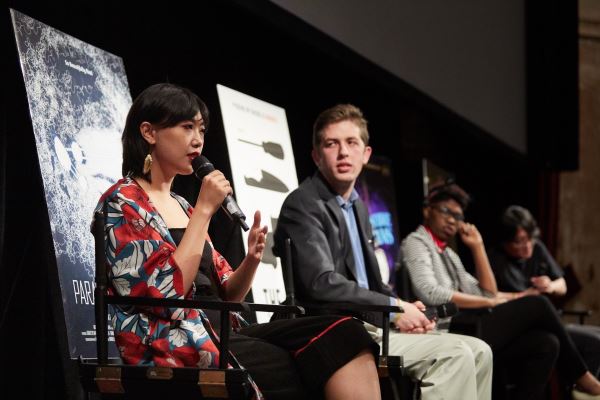
Director Shanshan Zhang answer audience questions after Paradise Program premiered in Parkway Theatre on the east coast of the United States
The sci-fi narrative short film Paradise Program tells the story about Cyan having a lovely date with his fiancé, Indigo, in the woods, but it’s all digital consciousness. The Paradise Program has built a world based on Indigo’s memory where the two can visit one another. In reality, Indigo is in a coma and has only ten minutes left to live before the doctors must shut down his brain activity. If Cyan is in the program when this occurs, he will be trapped in the Paradise Program forever. Indigo knows what is about to happen, and he breaks the rules of the Paradise Program by planning their wedding in the simulation. Time is up. Cyan must make a choice.
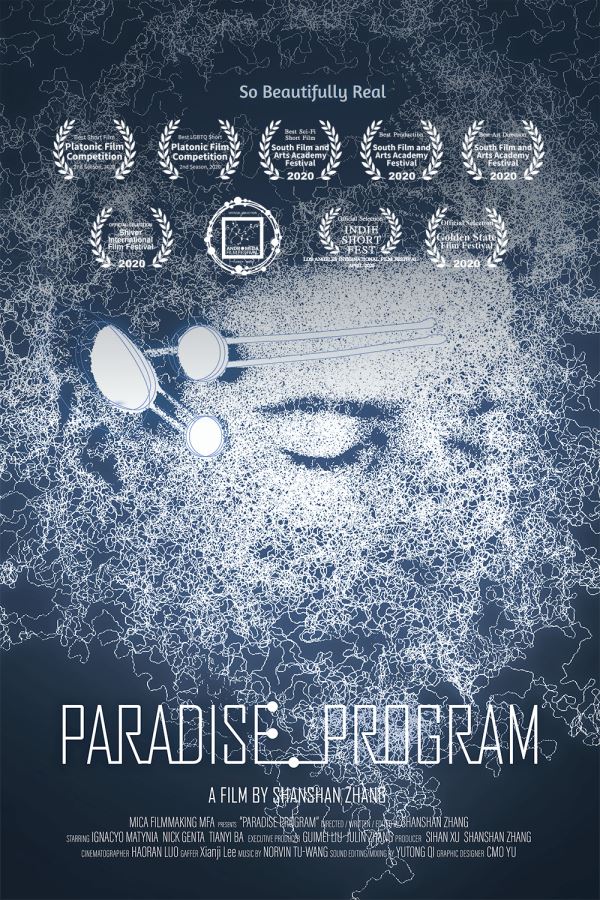 Paradise program poster
Paradise program poster
Death and separation, the connection among people have always been the theme of Shanshan Zhang's work, which runs through her art creation. For example, in the experimental short film The Foam, through an intricate murder, the symbolic death raised a debate of dislocation in the intimate relationship about the sense of destruction and suffocation. showing an irresistible fateful separation;In the narrative short film Tutti, the protagonist returns as a spirit and completes the most perfect concert with his loved one across the world of life and death;In the realistic short film Fish in the Tank, the mother leave from home triggered the whole story. Paradise Program is a new attempt for Shanshan Zhang's first sci-fi film. Under the frame of sci-fi films, she puts forward another view of life and death, and a way of dealing with separation, making a deep exploration of the meaning of life.
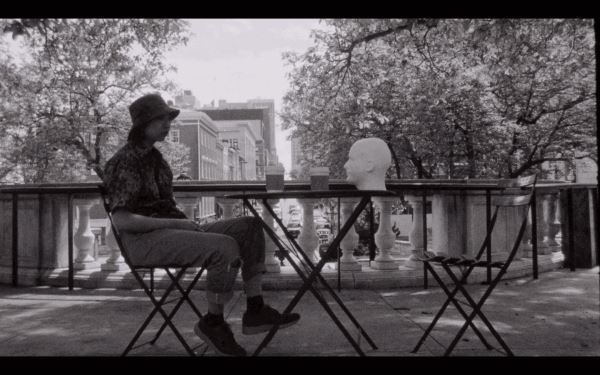 16mm experimental film the Foam film still
16mm experimental film the Foam film still
As a Chinese director, studying and living within different cultures led Zhang to explore the multiple attitudes towards ‘death’ among East and West. Based on the philosophy of "living to death" from Sigmund Freud and Friedrich Engels, the two worlds, ‘life’ and ‘death’ are constructed in the Paradise program. Depending on the Bio-electricity phenomenon in the human brain cells, the film makes a bold assumption that if an electronic program can simulate and record the Inter-synaptic firing behavior of brain nerves, then human memory can be fully recorded and developed electronically. So that the program can make differential ‘thinking’ like each individual. In a sense, this concept can put an end to Brain Death, so individuals would break through the physical limitations caused by illness, accidents and aging, making the mentality exist forever. Meanwhile, whether the development of science and technology is much ahead of the acceptable scope of our society and ethics, then the subsequent changes in the relationship of people also made profound philosophical speculations.
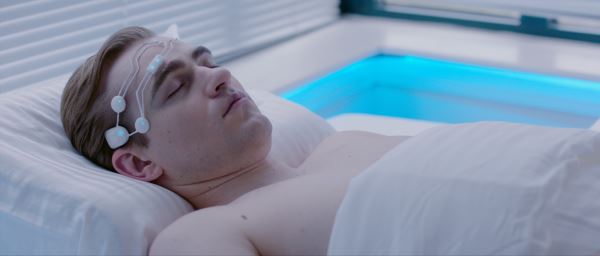 Paradise Program film still
Paradise Program film still
The original script of the film Paradise Program is a 120-minutes long film conception. Combined with non-linear editing and exquisite story line, Zhang makes the story unfold in a triple space: a cold-tone minimalist hospital in the near future; Perfect surreal program space with dream-like saturated color; And a pure black-and-white gap space. With a short film’s duration, it carries the volume and concept of the feature film, also moderate foreshadowing shows the potential of this film.
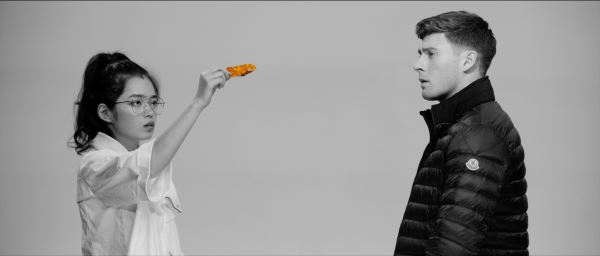 Paradise Program film still
Paradise Program film still
Paradise Program adds a character—Artificial Intelligence Navigator, who manages the digital consciousness world which enriches the narrative angle. The film uses various camera angles to add emotion fluctuation to the character as a B line. In the first plot, only the Navigator voice appears, the image turns to full shot with a high angle subsequently, which makes the Navigator have a strong sense of indifference. When Navigator meets the protagonist in the gap, as she (Navigator) approaches the protagonist step by step, the camera switches quickly between full shot and close-up, showing the contradiction between she’s burgeoning human emotion and the identity as an AI in this plot. At the end of the film, she sits in the same position as the Cyan in the real hospital scene, the camera pans slowly between subjective and objective close-ups. The camera language explains her inner world. Awakened by undying love and bond, she is no longer an advanced integration program but acquired complex human emotions. The perspective of this Navigator character also reflects the inner struggling and introspection of human nature from another view.
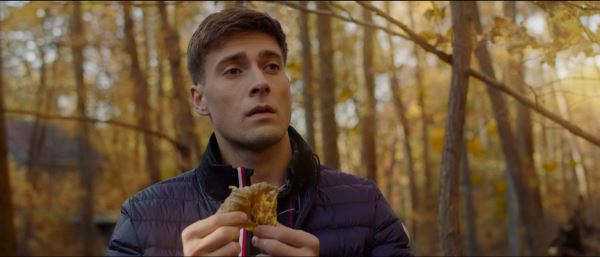 Paradise Program film still
Paradise Program film still
This film uses semiotics to assist the narration, which further broadens the narrative dimension of the story. The jury of the South Film and Arts Academy Festival commented on Paradise Program ‘A well accomplished work regarding the use of semiotic language.’(Una obra bien lograda en cuanto al uso del lenguaje semiótico.) For example, when Cyan first appears in the digital consciousness world which builds on his lover’s memory, sunshine goes through the gap of the leaves shone on him, breeze and singing birds nearby. At this sweet and peaceful moment, Cyan plucks a dry fallen leaf from a tree, which is contrary to the perfect scene and indicates the fade of Indigo's life in reality. When the program suddenly stopped, only one bubble in the simulated river existed longer but eventually bursted, echoing the reality that Indigo has to rely on the oxygen supply device to survive, which a sophisticated cut to the next scene. Moreover, at the end of the film, the sculptures standing one by one and covered by clothes also imply an incremental change in mind when Indigo knows the truth. The ingenious integration of symbolic language, metaphor and intertextual elements leaves the audience with multiple layers of thinking space, deeper the depth of the story and transforms the audience's identity into the second creator of the film.
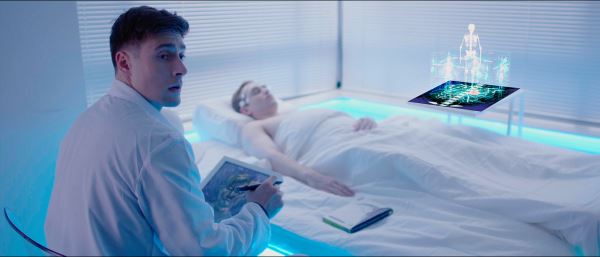 Paradise Program film still
Paradise Program film still
The camera language with coordination of lighting, color and tone are highly harmonious and unified, multiplying the layers of emotional expression of the film. When the first time Cyan steps into the program, it shows the warm color with orange-red hue, bright and clear tone. The overloaded and saturated color implies that all of this is not real, and the romantic moments are ephemeral. Contrasting with the dream-like program scene, the cold tone has been applied on the hospital scene. White is the main color with blue in embellishment, showing a completely opposite cruel reality. When Cyan returns to the program, with his sadness, the color of the forest turns to blue-green hue, creating a transformed emotional atmosphere, implying something bad is coming. A realistic color hue appears at the end of the film--the coast wedding scene. At that moment, the two main roles both already accepted the crucial reality that they will be teared apart from each other forever and decided to make a grand wedding for farewell. The color and tone echo this theme, set off their sorrow. Unlike traditional sci-fi films like The Matrix, the innovation of Paradise Program uses pure black, grey and white to show the gap space of the simulated program, which is unique and surprising.
The use of layered lighting not only makes the details abundant, but also creates the unique texture of each space. Inside the simulated program, whether in forest or seaside, the lighting is mainly natural light. It shows Cyan he knows that everything there is not real, but love and bond between them is solid and sincere. On the contrary, futuristic artificial blue light is applied on the hospital scene, creating a cold sense of alienation in this space.
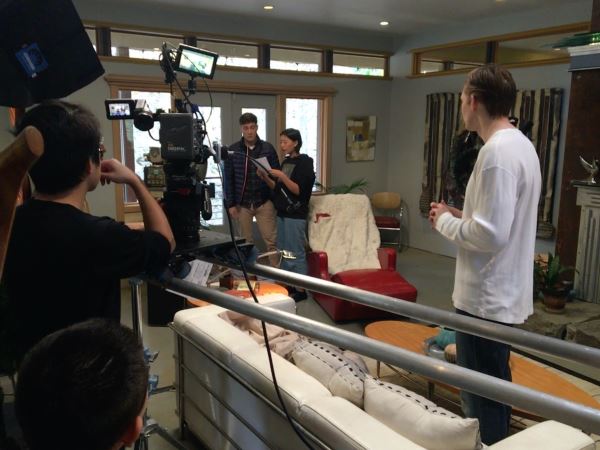
Production still in David Gibney Jewel Vinsota Artist's house
Inspired by director Stanley Kubrick's film A Clockwork Orange, Zhang partnered with American artist David Gibney to show his contemporary sculpture and great architecture skill in Paradise Program. David Gibney takes sculpture as major creative media and good at using large-scale, ready-made material with strong historical sense for combined art creation. The language of material itself is used to construct a context based on history, story, event and memory, which plays an instructive and vigilant role for present and the future. On account of the consensus Zhang and David Gibney on memory and the future, the only indoor scene in the stimulated program was filmed in Jewel Vinsota Artist's house, which the artist took more than seven years to build. Herald Express Media (heraldmailmedia.com) described the building as ‘New and Remarkable.’ The artist also was invited to attend the premiere of Paradise Program on the east coast of the United States. After this cooperation, in 2020, Zhang once again cooperated with Xiong Wei, an emerging Chinese contemporary artist in North America and combined experimental film with installation and performance art, opening up more possibilities for it. Several creative ideas about intimacy and consumerism are put forward and under active preparation.
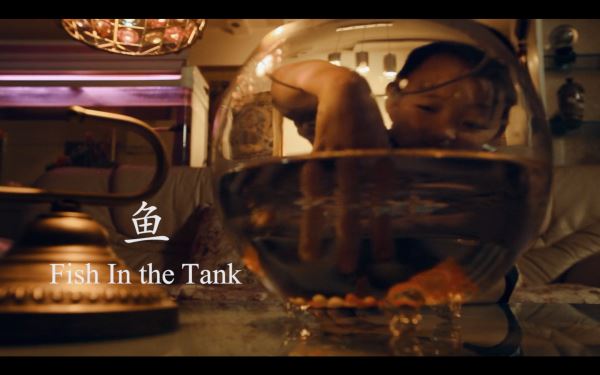
Fish in the Tank film still
After being commended by many film festivals and film industry experts, we can imagine that Shanshan Zhang, this brilliant and hard-working young filmmaker, will continue exploring new possibilities and bring us more extraordinary artwork.


 Paradise program poster
Paradise program poster 16mm experimental film the Foam film still
16mm experimental film the Foam film still Paradise Program film still
Paradise Program film still Paradise Program film still
Paradise Program film still Paradise Program film still
Paradise Program film still Paradise Program film still
Paradise Program film still
